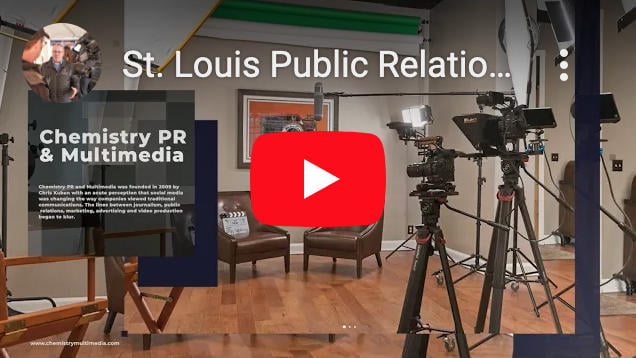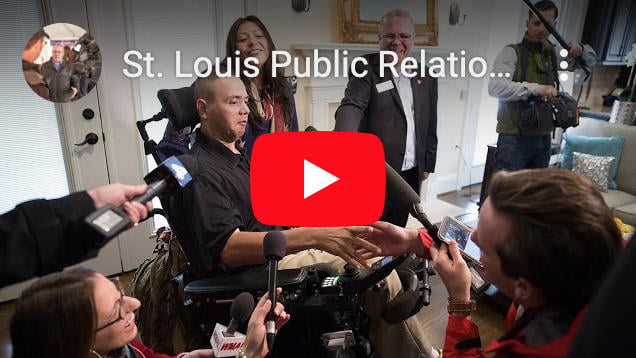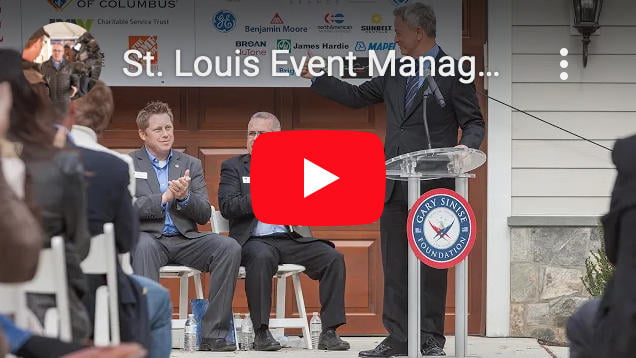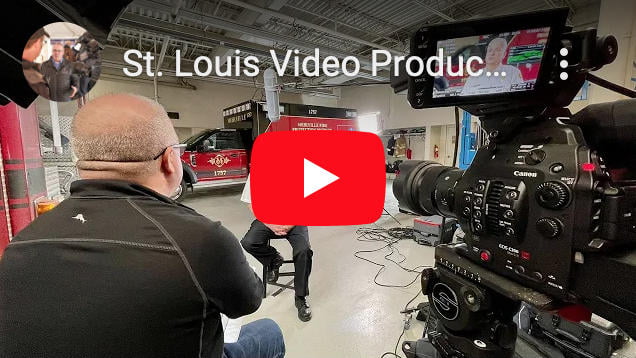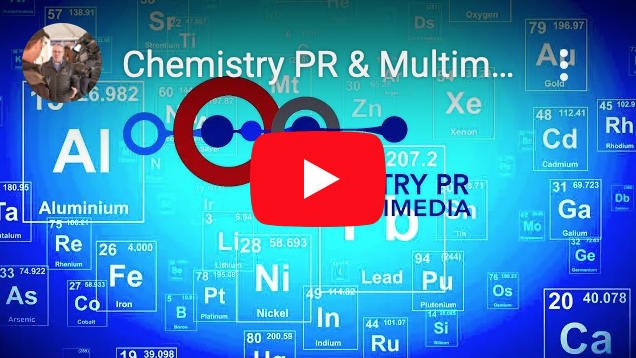8 Tips for Developing Relationships with Journalists
In public relations, it might be obvious why it is important to form good relationships with journalists. It’s simple, the relationship is valuable on many levels. The art of building the relationship, however, does require a tremendous amount of effort, time, and patience, as well as persistence in many cases.
The key to the building that relationships is doing it right. Doing it wrong can, at best, it can you’re your job more difficult to get a story pitch accepted and at worst, get you on a no answer list when your name shows up on caller ID or email “from” list. YES – This will happen! Personally speaking, because I handle high proflile media projects in St. Louis, I have TV assignment desks that will take my call and say, “Hi Chris!” Now, that’s powerful!
Simply explained, a large part of what we do as public relations professionals is pitch our clients to the media. Key resources in the media include reporters and editors – anyone who will potentially tell our client’s story. We do this as part of a marketing strategy to gain exposure for our clients, share their news, introduce their new products and ideas and/or build awareness of their brand. The list goes on. Maybe not so simple… nevertheless very important.
Journalists get story leads from public relations agencies on a daily and/or horly basis. As you know, not every story comes from a PR agency, but a vast majority of them do. Which stories a journalist picks up depends on several factors, not the least of which is directly related to the area of interest or expertise of that journalist and the relationship that reporter has to the person pitching the story. Other factors include, whether the journalist is immediately captured by the pitch or whether they feel the news idea is, well, newsworthy.
In this post, we will focus on what I believe is a very important factor and that is, the level of interest or expertise of the journalist you wish to pitch and how to tap into it. Understanding what kind of stories speak to them professionally AND personally to are specific reporter is huge when pitching a feature.
One of the best ways to gauge a level of interest on the part of a journalist to whom you would like to pitch a story idea is to know about the journalist…
- Know what their interests are.
- Know what their areas of expertise are.
- Know what is relevant to them in their position at the media outlet.
Like most relationships, the more one knows about the other, the better the relationship. The better the relationship, the better the likelihood of a reporter listlining to your pitch. It should be obcious then – the best way to get to know a journalist is to form a relationship with them! A relationship of mutual and sincere interest. Here are eight great tips to help you develop that kind of a relationship with your journalism resources.
Find Your Journalist
If you can’t afford Cision or other media database resources, Google is your best go-to tool. Research the outlets and publications running features that resonate with your client and with the story you will pitch. Your research may include making a few calls, inquiring, collecting names, etc. Do the homework, it is worth the effort.
Once you locate the journalist…
Find Their Work
Be diligent here. A journalist worth their salt is going to have written some articles, maybe some books. They will have their work running through the veins of social media platforms. Locate and follow them on social media, subscribe to their blogs or newsletters, become a fan. This process could take some time as there are many possible places the journalist will have content planted.
When you find their work…
Read Their Work
People write about the topics that interest them, topics they know something about and are passionate about. Look up the journalist with which you want to connect, and start reading what they have written about. In a February 2015 article by Jim Dougherty of Cision, he quotes a number of journalists when asked about cold pitches and the effectiveness of cold pitching. The overarching theme was that PR pitches go unread or get tossed if the story ideas are of no interest to the journalist. They are all about the story being one that will capture them! Read their work.
You will learn what interests them. Then…
Show your interest
Again, become a fan, follow their work. Share their work, comment and get engaged in their work – especially via social media. There is no better way to engage and support the content of a writer than to share it and get engaged by commenting, asking questions or complimenting them about specific areas of the work that strikes you. Be sincere and appropriate in this exercise. The adverse will be detected and rewarded accordingly. Engage via email when you can but here again, be sincere and to the point.
When engaging via social media or email…
Be Considerate
Journalists work against deadlines and have full schedules. They don’t have time to read long droning pointless emails or LinkedIn and Facebook comments. We don’t need to go into long tweets… not a problem. Tweets should, however, be pointed and polite. Quick “nice tweet” or “I agree” comments, or simply retweeting may not be interpreted as sincere engagement.
So, engaging on social media? Good…
Keep Calm and Engage On
Social media is just that – Social! Keep it casual and informal. There is a good chance your journalist contact is doing exactly that, even in his or her professional feed. As you engage, it will be apparent that you are a public relations professional, so there is no need to spend a lot of your communication on that point, but you should make your comments from a professional viewpoint. Clear as mud? You are developing a relationship. A professional relationship, yes, but one that will start on a casual footing.
Digital is great, but once you have engaged, it’s time to…
Interact Face to Face
Where possible, invite a journalist for coffee or lunch. Good relationships are built on more than just emails and social media interactions. Face to face conversation and socializing is priceless. Face to face can be as quick as a handshake and introduction at a networking event. It can be the aforementioned coffee or lunch. Perhaps dinner or a cocktail hour. When opportunity knocks, answer the door. When it doesn’t knock, create it. Any face to face interaction will add depth to the relationship that digital communication can’t.
You have engaged, you have met face to face. Now you want to pitch some news stories. Before you pitch or while you are pitching, you will do well to…
Share, Share, Share
Share story leads and sources with a journalist. It will go a long way with them, especially when you share without expectation of credit. This will place you as a reliable contact for the journalist and greatly increases your chances of being heard going forward. Make sure the sources and material you share reflect positively on you by ensuring they are reliable, accurate, and current. There is a common theme in the business networking circles that implies “Givers Get.” Give, give, and give again. You will get.
At Chemistry Multimedia we are about giving. If you have been following our blog posts you know we love to share tips and tricks of the trade and share from our own experiences. We are passionate about this business and want to see other public relations professionals succeed.
We are also eager to partner with businesses and organizations with a story waiting to be told. We have built solid relationships with multiple media resources in most major markets and we have the experience to get the job done. We are a full-service public relations agency that uses a multifaceted approach to branding and marketing success for our clients. Please visit our website at www.chemistrymultimedia.com to learn more and contact us to help you get your story heard.




